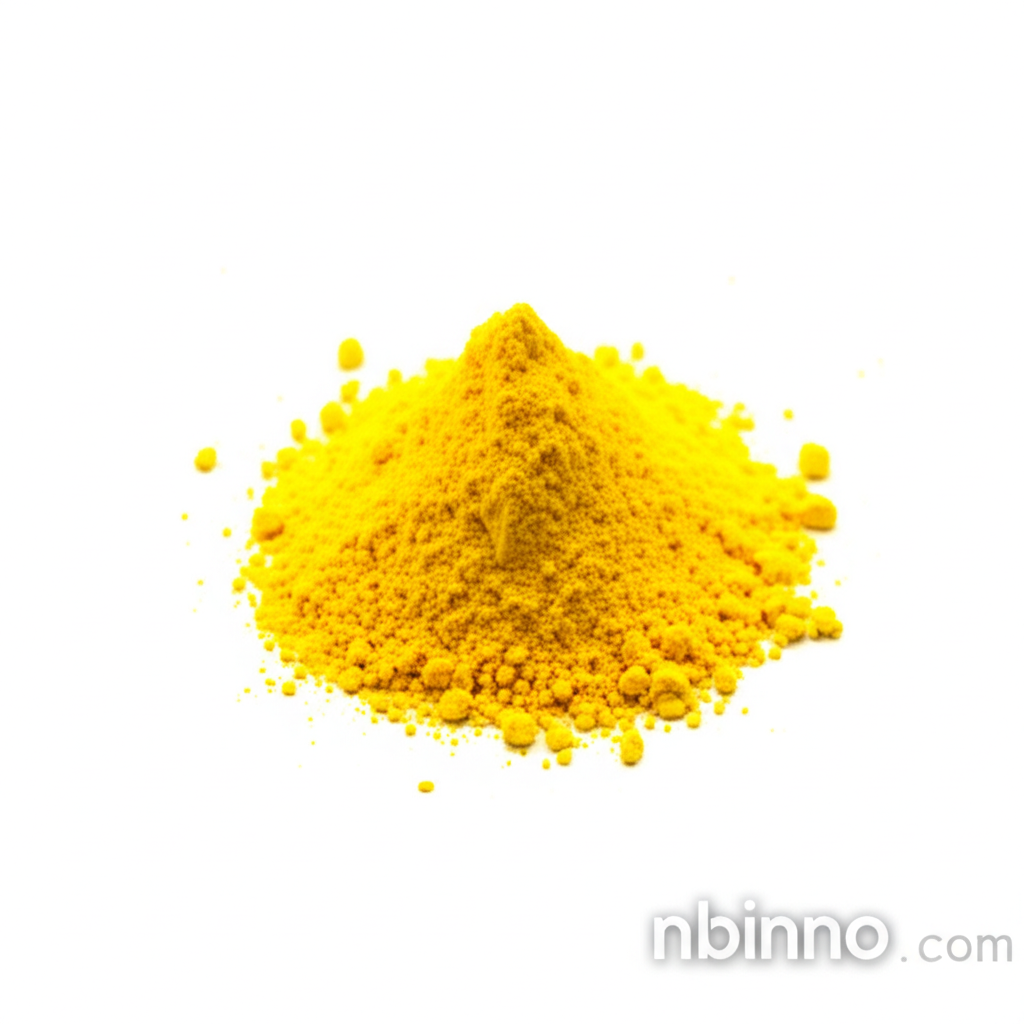9-Phenylacridine (CAS 602-56-2): A Versatile Heterocyclic Compound for Advanced Applications
Explore the unique properties and diverse applications of 9-Phenylacridine in cutting-edge scientific and industrial research.
Get a Quote & SampleProduct Core Value

9-Phenylacridine
9-Phenylacridine, identified by its CAS number 602-56-2, is a prominent aromatic heterocyclic compound, esteemed for its distinct structure integrating phenyl and acridine rings. Presented as a fine yellow powder, this chemical intermediate boasts a high purity level, typically exceeding 98%, and a melting point of 184°C. Its intrinsic fluorescence characteristics make it a critical component in various scientific investigations, particularly within the realms of photochemistry and advanced materials science. Researchers leverage its unique properties for the development of fluorescent probes and dyes, significantly enhancing detection capabilities in biochemical assays and cellular imaging.
- The development of fluorescent probes for biological imaging relies on 9-Phenylacridine, allowing researchers to visualize cellular processes in real-time.
- 9-Phenylacridine serves as a key material in OLED technology, enhancing the efficiency and color quality of displays in consumer electronics.
- Its ability to intercalate with nucleic acids positions 9-Phenylacridine as a potential candidate for drug development, particularly in targeting specific DNA sequences, offering promising avenues in medicinal chemistry.
- This compound is explored in the synthesis of new materials with unique electronic properties, contributing to advancements in nanotechnology and electronics.
Advantages Offered by the Product
Enhanced Fluorescence Properties
The inherent fluorescence of 9-Phenylacridine makes it an invaluable tool for applications requiring precise detection and imaging, supporting detailed scientific analysis.
Versatile Chemical Intermediate
As a building block in organic synthesis, 9-Phenylacridine enables the creation of more complex molecules, driving innovation in various chemical disciplines.
Potential in Medical Research
Research into 9-Phenylacridine's anticancer activity and its interactions with DNA opens new pathways for developing targeted therapies and novel chemotherapy agents.
Key Applications
Fluorescent Probes and Imaging
9-Phenylacridine is widely utilized in the development of fluorescent probes for biological imaging, allowing researchers to visualize cellular processes in real-time.
Organic Light Emitting Diodes (OLEDs)
It serves as a key material in OLED technology, enhancing the efficiency and color quality of displays in consumer electronics, a key area for 9-phenylacridine OLED material.
Anticancer Research
9-Phenylacridine has shown promise in studies targeting cancer cells, providing a potential avenue for developing new chemotherapy agents, crucial in 9-phenylacridine for drug development.
Material Science Innovation
This compound is explored in the synthesis of new materials with unique electronic properties, contributing to advancements in nanotechnology and electronics, showcasing 9-phenylacridine in photochemistry.
